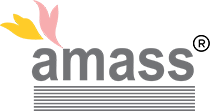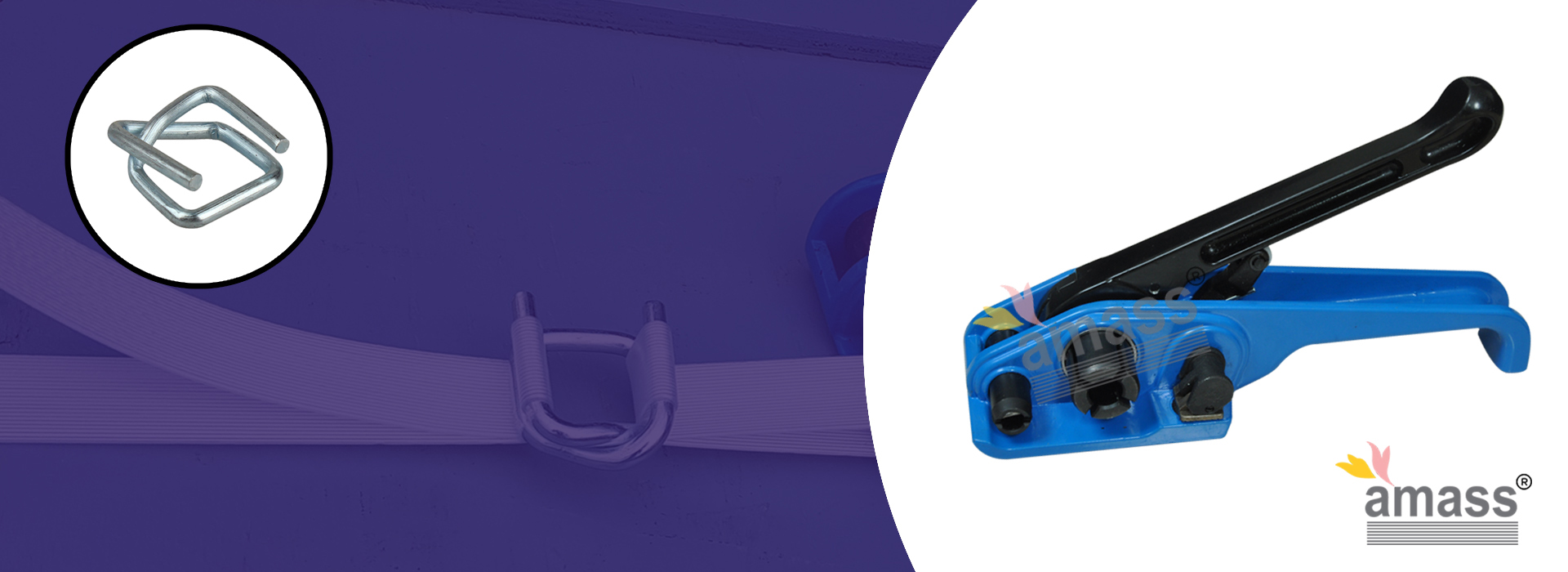Top Tensioner and Sealer Tools Supplier

Top Pet Strap Serrated Seals Supplier in India
July 4, 2025
3 Types of Strapping Material and Their Uses
July 10, 2025Industrial tensioning isn’t just about tightening bolts. It’s about preventing catastrophic failure in systems where downtime costs $50,000 per hour. Controlled bolting is a critical process in industries that require high precision and safety in assembly, such as oil & gas, power generation, and manufacturing. Yet most procurement teams are still selecting suppliers based on price sheets rather than performance metrics.
Consider this: A single hydraulic bolt tensioner failure in a petrochemical plant doesn’t just mean replacing a $15,000 tool. It means production shutdown, safety investigations, and potential regulatory scrutiny. The ripple effects can cost millions.
The most successful operations teams have realized something crucial: supplier reliability isn’t just about product quality—it’s about system integration intelligence.
Why Traditional Tensioning Suppliers Are Missing the Mark
The Specification Trap
Most suppliers offer catalogs of bolt tensioners and sealing tools with impressive technical specifications. But specifications don’t account for real-world variables: temperature fluctuations, vibration patterns, and the human factor in high-pressure environments.
The Service Illusion
“24/7 support” sounds impressive until you need emergency replacement parts for a specialized tensioner at 2 AM on a Saturday. The difference between good suppliers and great ones isn’t what they promise—it’s what they deliver when everything goes wrong.
The Integration Blindness
Here’s where most suppliers fail spectacularly: They sell individual tools without understanding how tensioning systems interact with broader operational workflows. A hydraulic tensioner isn’t just a standalone tool—it’s part of an integrated system that includes securing, transport, and maintenance protocols.
The Smart Money Solution: Integrated Tensioning Systems
Forward-thinking companies are abandoning piecemeal supplier relationships in favor of integrated solutions that address the entire tensioning ecosystem. This isn’t just about buying better tools—it’s about partnering with suppliers who understand that tensioning is fundamentally about securing critical assets.
The Strapping Revolution
While traditional suppliers focus on expensive hydraulic systems, innovative companies are discovering that the global packaging tensioner market expects a modest expansion, with a market size estimated at USD 1.1 billion in 2023. But the real opportunity isn’t in packaging—it’s in industrial applications where cord strapping and lashing systems provide superior flexibility and reliability.
Modern cord strapping systems offer three critical advantages:
- Adaptive Tension Control: Unlike rigid bolt tensioners, cord strapping systems adjust dynamically to load variations, preventing over-tensioning that can damage components.
- Rapid Deployment: Installation times that would take hours with traditional hydraulic systems can be reduced to minutes with properly designed strapping solutions.
- Maintenance Simplicity: No hydraulic fluid, no pressure gauges, no complex calibration requirements. Just proven mechanical reliability.
The Supplier Selection Framework That Actually Works
Question 1: Integration Intelligence
Does your supplier understand how tensioning fits into your broader operational ecosystem? The best suppliers don’t just sell tools—they solve workflow challenges.
Question 2: Application Expertise
Can they demonstrate specific experience in your industry’s unique tensioning requirements? Generic solutions create specific problems.
Question 3: Supply Chain Resilience
What happens when you need emergency replacement parts? How do they handle customs, logistics, and technical support across multiple time zones?
Question 4: Innovation Trajectory
Are they investing in next-generation solutions, or just repackaging existing technology? The future belongs to suppliers who understand that tensioning is evolving beyond traditional hydraulic systems.
The Strategic Advantage of Specialized Suppliers
The most successful operations teams are partnering with suppliers who specialize in comprehensive securing solutions rather than just individual tools. Companies like Amass Strapping Solutions represent this new generation of suppliers—focused on delivering integrated cord and plastic strapping systems that address the complete tensioning lifecycle.
Their approach demonstrates three key principles:
- Application-Specific Design: Rather than forcing generic solutions into specific applications, they develop strapping systems optimized for road, air, ship, and rail transport requirements.
- Quality-First Manufacturing: Established suppliers with proven track records understand that reputation is built on reliability, not just competitive pricing.
- Comprehensive Support: True partnership means supporting clients through specification selection, implementation, and ongoing optimization.
The Bottom Line
The tensioning and sealing tools market is experiencing unprecedented growth, but that growth is creating new challenges for operations teams. The suppliers who thrive in this environment won’t be those offering the cheapest tools—they’ll be those providing the most reliable, integrated, and intelligent solutions.
Smart procurement teams are already shifting their approach from transactional purchasing to strategic partnerships. They’re choosing suppliers who understand that in critical applications, the cost of failure far exceeds the cost of premium solutions.
The question isn’t whether you can afford to partner with a superior supplier. The question is whether you can afford not to.
The future belongs to companies that understand tensioning isn’t just an engineering challenge—it’s a competitive advantage.



